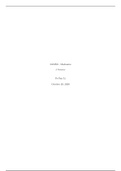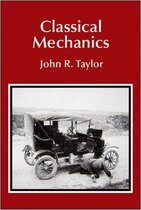Samenvatting
3AMX0 - Summary Mechanics
This is the typeset summary of my handwritten notes when I took and finished the course 3AMX0 - Mechanics in 2018/2019. It contains the topics covered in the course (book, slides), along with some worked out example exam problems. If you want to have a cheaper price, message me directly, and we...
[Meer zien]





